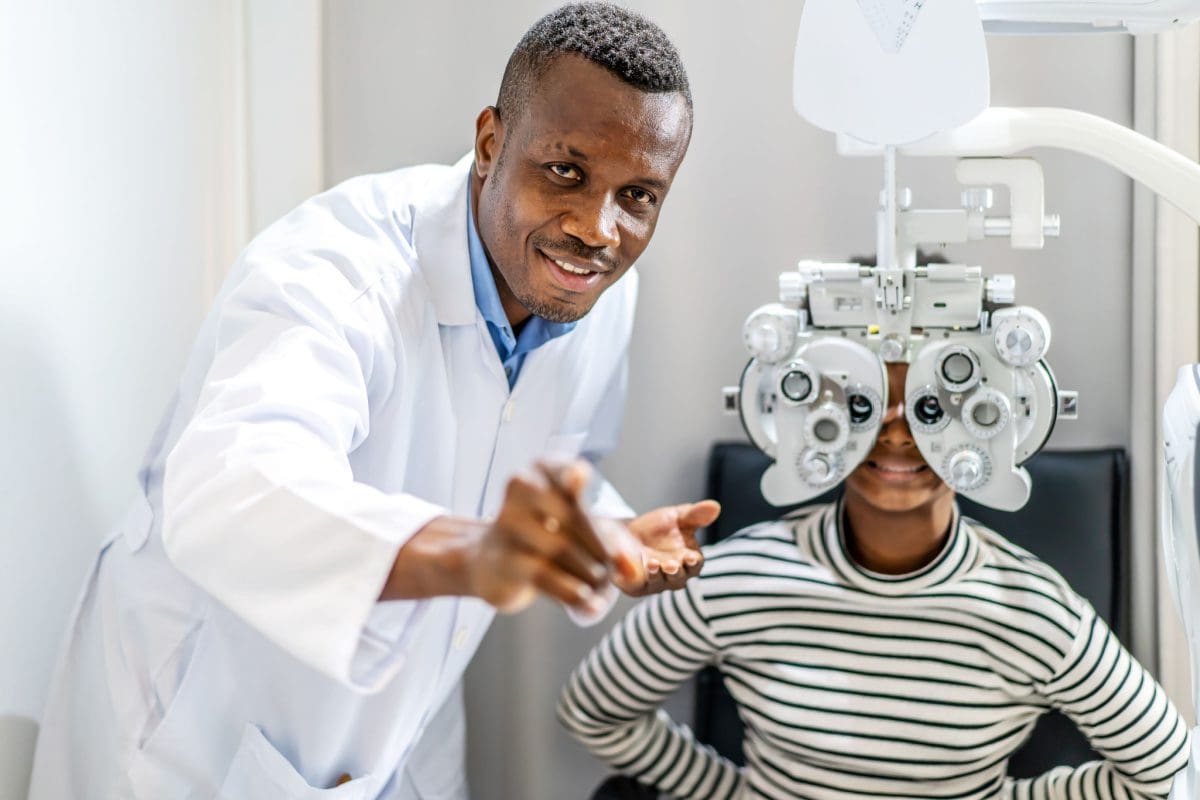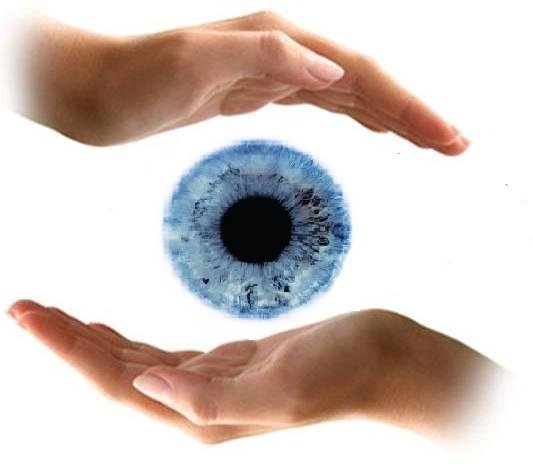Checking Out the State-of-the-Art Technologies Utilized for Identifying and Treating Eye Problems
In the world of ophthalmology, the evolution of technology has actually substantially enhanced the devices offered for detecting and treating various eye problems. From advanced imaging technologies that give in-depth insights right into ocular frameworks to robotic-assisted operations that use unequaled precision, the landscape of eye treatment is continuously evolving. With the combination of synthetic knowledge in diagnostics, genetics therapy advancements, and virtual truth rehabilitation, the opportunities for improving individual outcomes are broadening at a quick speed. The merging of these innovative modern technologies holds the guarantee of changing the field of ophthalmology, supplying new opportunities for customized and reliable therapies.

Advanced Imaging Technologies
Advanced Imaging Technologies have changed the field of ophthalmology by giving exact and detailed visualization of the eye structures. Optical Comprehensibility Tomography (OCT) stands apart as a vital innovation in this world. OCT uses light waves to record high-resolution cross-sectional photos of the retina, permitting the identification of minute structural adjustments. This non-invasive technique aids in the very early discovery and tracking of numerous eye problems such as macular degeneration, diabetic person retinopathy, and glaucoma.
Additionally, Fundus Digital photography is one more crucial tool in ophthalmic imaging. This method includes catching thorough photos of the back of the eye, including the retina and optic disc. Fundus Photography assists in documenting the development of eye illness, reviewing therapy efficiency, and educating patients about their eye health.

Robotic-Assisted Surgical Procedures
Robotic-assisted procedures have actually dramatically progressed the capabilities of ophthalmic surgery, ushering in a new era of precision and efficiency in treating various eye conditions. By integrating robotic technology into procedures, eye doctors can attain unparalleled precision and control, bring about boosted patient end results.
Among the key advantages of robotic-assisted surgical treatment in ophthalmology is the improved dexterity and stability it supplies to doctors. The robot arms can do accurate motions with a high level of precision, permitting delicate treatments with marginal invasiveness. This level of precision is specifically valuable in surgical procedures including the retina, where even minor errors can have significant effects for an individual's vision.
Additionally, robotic-assisted surgical systems give real-time imaging and comments to the surgeon, allowing them to make educated decisions throughout the procedure. This technology boosts the cosmetic surgeon's situational awareness and enables modifications to be made promptly, making sure optimal outcomes for the client.
Artificial Knowledge in Diagnostics
With the development of cutting-edge modern technologies improving medical precision in ocular procedures, the assimilation of Artificial Intelligence in diagnostics has actually become a crucial development changing the field of eye care. Expert System (AI) formulas are being significantly made use of to analyze intricate data from imaging modern technologies like optical coherence tomography (OCT) and fundus photography to assist in the very early discovery and accurate diagnosis of various eye conditions. These AI systems can successfully determine patterns and anomalies in pictures that might not be noticeable to the human eye, enabling quicker medical diagnosis and treatment preparation.
AI formulas can additionally predict illness progression, advise tailored treatment plans, and evaluate the efficiency of interventions. By enhancing the analysis procedure, AI not just improves the effectiveness of eye treatment experts yet additionally boosts individual end results by making it possible for prompt treatments. As AI remains to development, its function in diagnostics is expected to broaden, using brand-new possibilities for early intervention and personalized therapy in the area of ophthalmology.
Genetics Therapy Developments
In the realm of ocular developments, recent strides in gene treatment technologies have actually stimulated considerable interest amongst scientists and health care professionals alike. Genetics treatment holds immense promise in revolutionizing the therapy of different eye conditions by targeting the hidden hereditary causes. By presenting hereditary material right into cells to make up for unusual genetics or to give an absent gene, genetics therapy offers a personalized strategy to attending to inherited eye problems such as retinitis pigmentosa, Leber hereditary amaurosis, and others that were formerly thought about untreatable.

As research in genetics treatment continues to advance, the possibility for customized treatments for a bigger series of eye conditions grows, offering brand-new expect patients with hereditary eye illness.
Virtual Fact Rehab
Virtual fact special info rehab has actually arised as an advanced approach in improving the recovery and recovery processes for people with different visual problems. refractive surgeries in al. By mimicing real-world settings with immersive modern technology, online fact provides an one-of-a-kind system for vision treatment and rehab. This cutting-edge technique makes it possible for individuals to take part in interactive exercises and activities made to enhance aesthetic acuity, depth assumption, eye coordination, and general visual performance
One trick advantage of online fact rehab is its capacity to customize treatment programs based upon the specific needs and capacities of each patient. Through real-time comments and surveillance, health care experts can track progression, adjust interventions, and give personalized care to enhance end results. Additionally, virtual truth modern technology can develop a controlled and secure area for people to exercise aesthetic jobs, overcome difficulties, and develop self-confidence in a digital setup prior to transitioning to real-world circumstances.
Conclusion
To conclude, the additional reading developments in imaging innovations, robotic-assisted surgeries, expert system diagnostics, gene treatment innovations, and virtual reality rehabilitation have significantly improved the diagnosis and treatment of eye problems. hearing service near me. These cutting edge technologies have changed the field of ophthalmology, allowing for more efficient and precise treatments. As technology continues to evolve, the future of eye treatment looks encouraging with the capacity for much more ingenious services to improve patient end results
In the world of ophthalmology, the development of technology has actually dramatically improved the tools available for detecting and treating various eye problems. Fundus Digital photography aids in recording the progression of eye conditions, check this reviewing treatment efficacy, and enlightening clients about their eye wellness.
Man-made Intelligence (AI) formulas are being increasingly made use of to examine complex information from imaging modern technologies like optical coherence tomography (OCT) and fundus digital photography to help in the very early detection and exact diagnosis of various eye conditions.In final thought, the advancements in imaging modern technologies, robotic-assisted surgical treatments, fabricated intelligence diagnostics, genetics therapy technologies, and online fact rehab have actually considerably boosted the diagnosis and treatment of eye problems. As technology proceeds to advance, the future of eye care looks encouraging with the potential for even more cutting-edge remedies to improve individual end results.